How to soothe eczema in children with natural products that are safe and non toxic for your favorite little humans!
This post was updated on Jan. 6, 2022.
NOTE: As of April 26, 2022, I am no longer an active MIG Living ambassador.
“Mommy, why did God give me eczema?”
That’s the question my friend’s daughter would often ask as she struggled with cracked, bleeding, and itchy skin for the first 3.5 years of her life.
My friend thought she had tried everything to soothe her little girl’s eczema: visits to allergists and dermatologists; changes in diet; and different lotions and creams. But none of it seemed to work.
Then she discovered some natural, handcrafted products that have transformed her daughter’s skin. By consistently using just two products – a soap and a lotion – she’s found relief for her daughter and cut way back on the use of steroids.
Just take a look at her daughter’s incredible before and after photos!
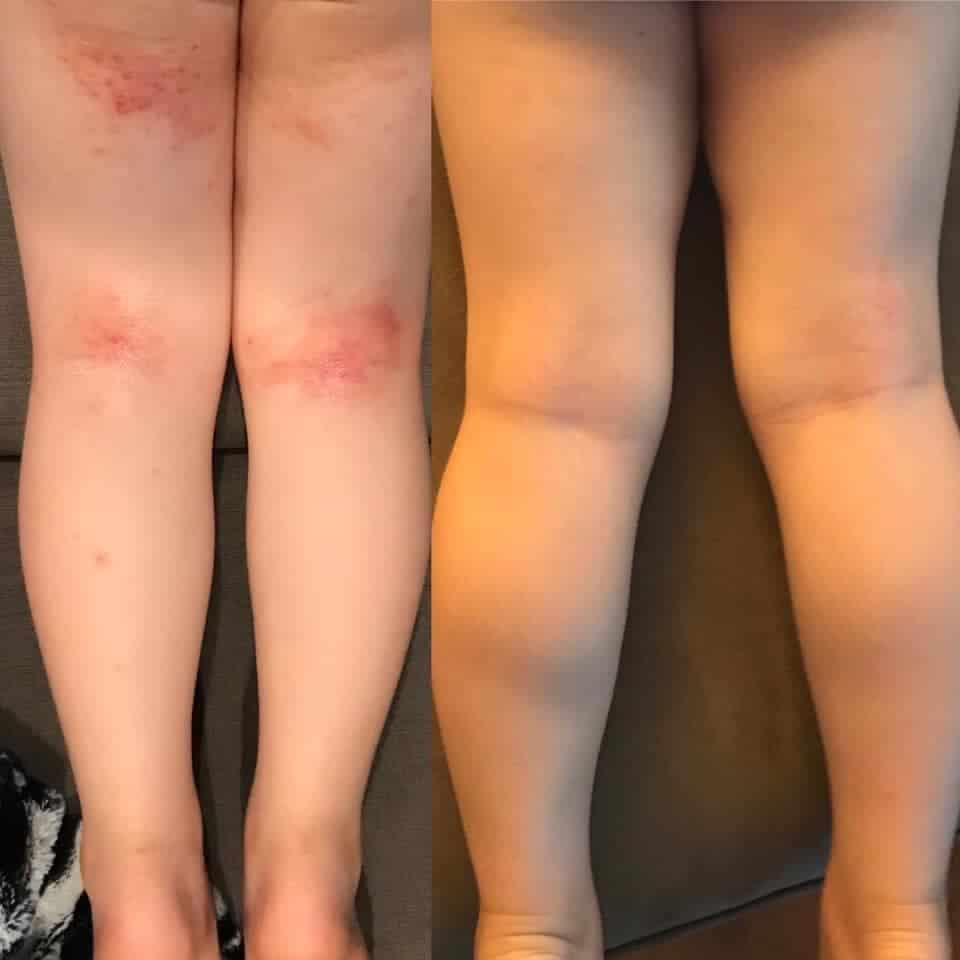
And look at the before and after photos of three other kids’ inflamed skin:
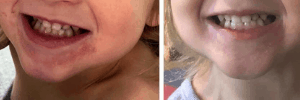
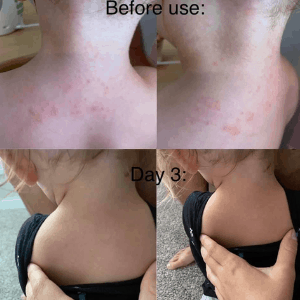
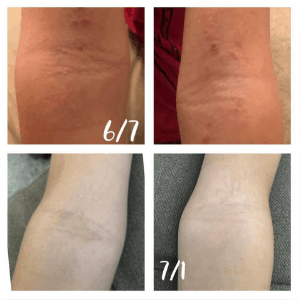
How To Soothe Eczema
Disclaimer: Content on this blog is for informational purposes only. It should not be used as a substitute for professional medical advice.
To help soothe symptoms, the American Academy of Dermatology recommends some changes to your child’s personal care routine, including:
- Showering or bathing in warm water, not hot water.
- Taking shorter showers.
- Washing with a gentle, fragrance-free cleanser. (My recommended soap isn’t fragrance-free, but it uses gentle essential oils.)
- Applying moisturizer immediately after showering. (My recommended lotion is meant to be used on wet skin.)
- Using an oil-based cream rather than a water-based moisturizer.
- Blotting their skin to dry. Don’t rub it with a towel!
Remember that these are consistent habits that should become part of your child’s everyday routine.
Recommended Products
Remember the little girl from earlier with the itchy, cracked skin? And the kids in the other photos with irritated skin on their bodies? Their moms use the same gentle, nontoxic soap and a beeswax lotion bar on their kids’ sensitive skin. These products are alternatives to prescription steroids and are free of harsh chemicals.
Beeswax helps dry skin by pulling in moisture and creating a protective barrier. Beeswax is also antimicrobial, which is helpful for children who get skin infections. In fact, a mixture of honey, beeswax, and olive oil has been shown to be an effective treatment for eczema, psoriasis, and diaper dermatitis.
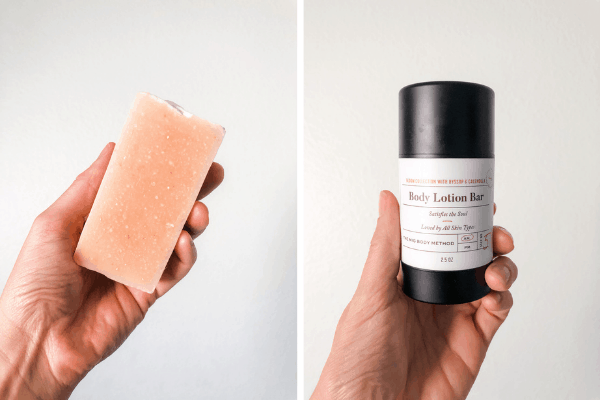
**I am a MIG Living Independent Ambassador. If you click and make a purchase, I receive a small commission (at no additional cost to you). Read my affiliate disclosure for more info.**
1. Gentle Cleanser
MIG Living Ritual Cleansing Bar
This soap gently cleanses without stripping or drying out the skin. Lavender and colloidal oatmeal soothe and relieve dry, itchy skin. NOTE: There are different scents if you or your child doesn’t like lavender.
2. Body Lotion
A great cream for dry, itchy skin is this body lotion bar! As soon as your child finishes bathing, massage the lotion onto warm, wet skin to lock in the moisture. It’s important that the skin is still wet while you apply the lotion bar. Pat with a towel to dry off. NOTE: There are different scents if you or your child doesn’t like lavender.
This lotion bar is also a safe alternative to petroleum-based products. Petroleum jelly, i.e., Vaseline, is a byproduct of petroleum refining. If the petrolatum is not properly refined, the finished product can be contaminated with toxic chemicals called polycyclic aromatic hydrocarbons (PAHs).
3. Facial Lotion
If your child has dry patches on her face, she needs this moisturizer for the face. It’s still made with the star ingredient – beeswax! – but without coconut oil, which can clog pores. This lotion, plus the soap, is what helped the little girl with eczema around her mouth (from the above photos).
How To Get Your Hands on These Products
You can purchase MIG Living’s Facial Method products here to receive $10 off your first purchase.
Subscribe N Save. When you purchase any of the MIG Living products, make sure you sign up for Subscribe N Save. By placing your order on auto ship, you’ll receive 20 percent off every order and ensure you never run out of products! And don’t worry – you can pause, cancel, or move your dates any time!
Save $10 on your first order. If you purchase through my special link, you will receive $10 off your first order! This even works on top of Subscribe N Save!
Money-Back Guarantee. If you’re not completely satisfied with their products, MIG Living will accept any full-sized product for a return or exchange as long as it is received within 60 days of initial purchase.
Final Thoughts on Eczema in Children
It’s important to continue using these products even if your child’s skin gets better. In addition, remember these important details about bathing:
- Shower or bathe in warm water, not hot water.
- Take shorter showers and baths.
- Wash with a gentle, non toxic cleanser.
- Use a cream or balm rather than a water-based moisturizer.
- Blot the skin dry.
RELATED ARTICLES:
This post is about how to soothe eczema in children with natural products that are safe and non toxic for your favorite little humans!
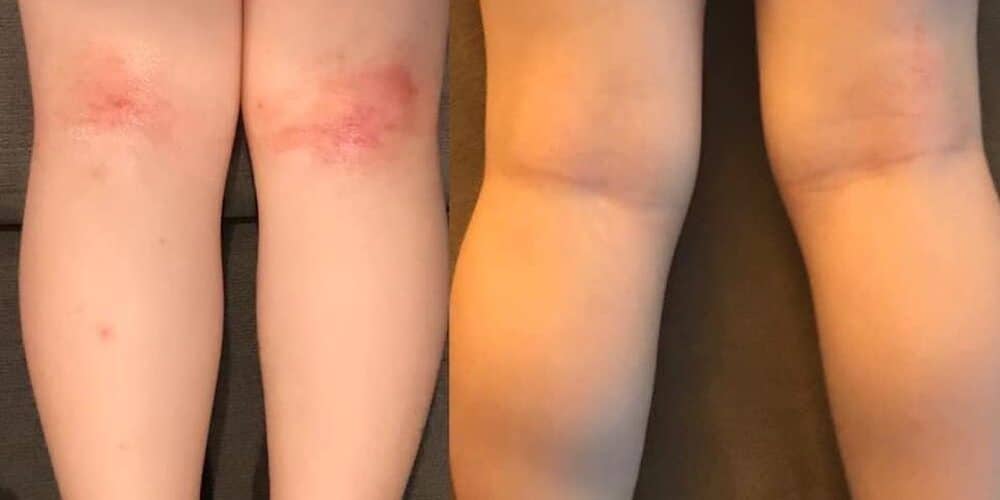
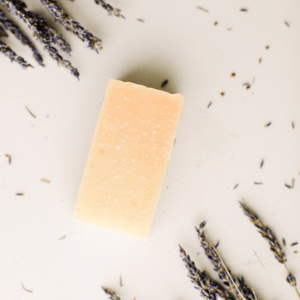
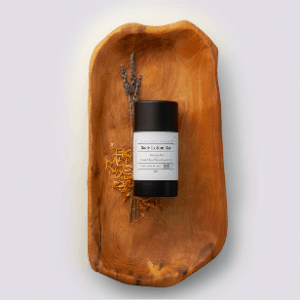
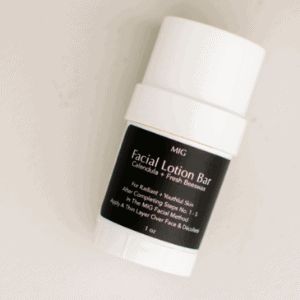
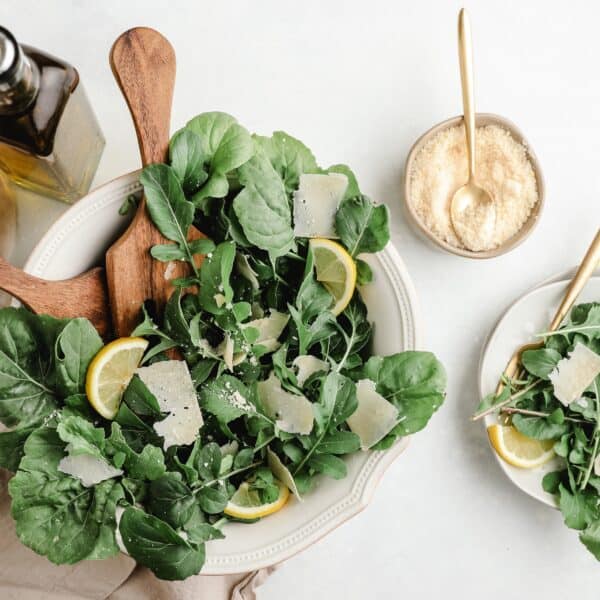
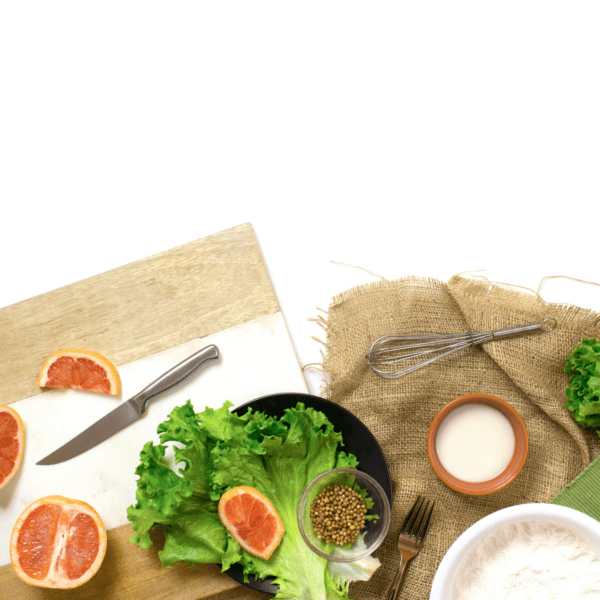
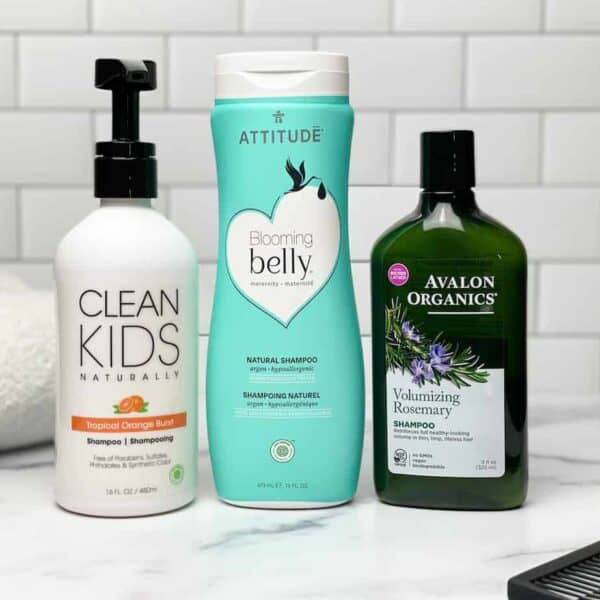
Thank the heavens for the insight you provide about kid’s Ezema. My three year old is struggling with Eczema and your input is very supportive.
Hi Candice! I’m so happy you found this information helpful! I hope that your daughter finds relief. Please let me know if I can help with anything.